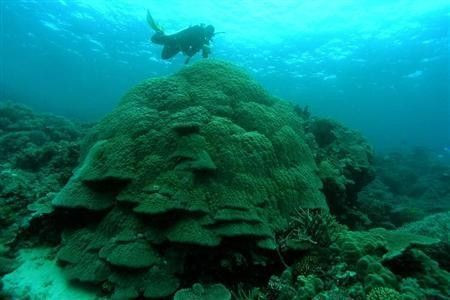Marine Science Plan: Australia's 'blue economy' expected to grow to $100 billion a year in the next decade

The national research infrastructure in Australia, including coastal marine ships and satellites, might soon be replaced to ensure a boost in the marine research. The recently released National Marine Science Plan advocated the need to replace the research infrastructure since the “blue economy” within the country is expected to grow enormously in the coming years.
According to the report, the national research infrastructure needs better coordination for a more critical, in-depth study of the oceans and the marine life. The National Marine Life Committee's Plan further states that the “blue economy” of the marine industry is expected to grow three times faster than the Australia's gross domestic product per capita, or GDP, of $67,458.36 as of 2013.
The report further highlights the importance of having state-of-the-art technology by stating that the current infrastructure is very small and modest despite Australia being the third-largest ocean territory on Earth. It further says that the country currently has no capability in terms of the domestic satellites.
The plan aims for a complete mapping of nearly 50 percent of the Australia's marine estate by 2025. According to The Australian, only 25 percent of the marine estate has been mapped by the researchers so far till 2015. According to the committee, Australia spends only $450 million a year on marine science, far less than the actual marine revenue. Australia's blue economy is currently set at $47bn a year and is expected to grow to $100bn a year by 2025.
In support of the report, the chairman of the committee, John Gunn, says that an in-depth research into the marine and oceanic life will provide clues about the conditions that prevail beneath the water. In addition, it will help the country devise strategies associated with climate change.
"Our oceans affect everything from energy security to food security – the rest of our coast is also an amazing resource for us,” said Gunn, in an interview with the Sydney Morning Herald.
“New technologies would make it possible for scientists to explore the three quarters of Australia's "marine estate" which was currently inaccessible.
Gunn further highlighted the possibility of extracting medicinal sources from the sea. He specifically took reference of the Australian coral that has developed a natural shield against the UV radiation and is currently being studied by the researchers for a possibility to derive a sunscreen for human use.
Contact the writer at feedback@ibtimes.com.au, or let us know what you think below.





















